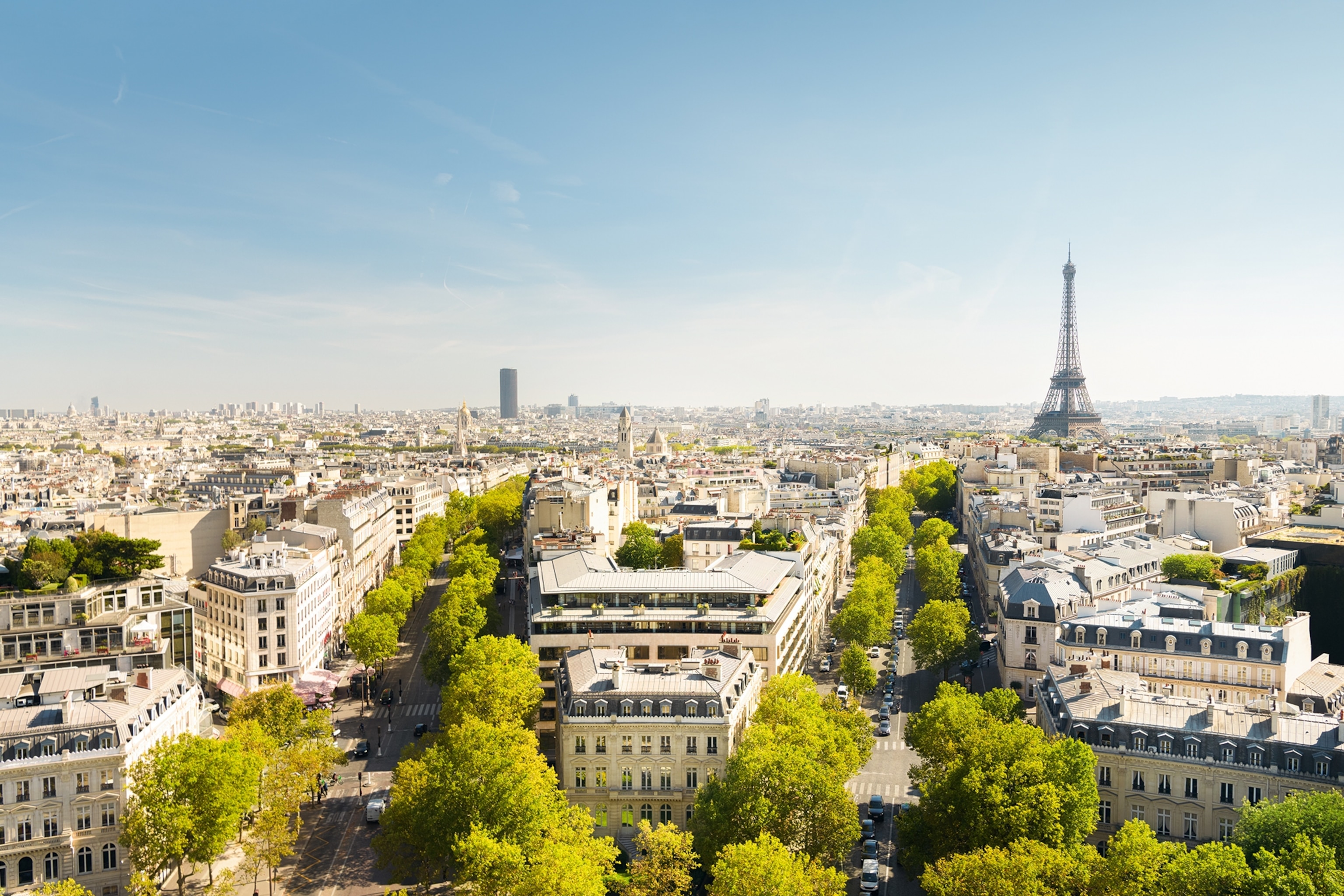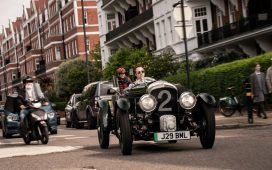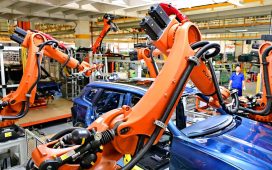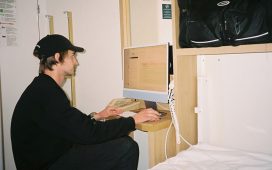This article was produced by National Geographic Traveller (UK).
Vintage cars, with vintage engines, typically have a lot to say: they grumble around corners, groan up hills and continue to mutter to themselves even when they’ve come to a stop. But this one isn’t like the others. The white-and-blue Renault 4L, which rolled off the factory floor in 1955, should be as talkative as the rest of her kind. Yet, all I can hear as we stop at a red light between the honey-coloured apartments of the 8th arrondissement are wafts of French radio, blowing in through the sunroof on the breeze.
From the back seat, it’s hard to tell exactly where it’s coming from — beyond one of the cast iron balconies on either side, perhaps, or the next car over, where a blonde woman is cradling a miniature poodle on her lap.The light turns green, and the little Renault sparks into life. The engine sounds like a spaceship powering up— there’s an electrical whirring that grows increasingly high pitched. And then we’re away, speeding over the cobbles. “She’s surprisingly powerful,” driver Renaud Garza calls back with a chuckle from beneath his navy chauffeur’s cap. “With the battery, I can drive at around 75mph.”
Increasingly, the streets of Paris are going electric. Like our Renault 4L, battery-powered cars have become a more popular sight over the last decade — together with a burgeoning herd of e-buses, bikes and even unicycles. It’s all part of the city’s plans to outlaw all but electric vehicles by 2030 in preparation for becoming carbon neutral by 2050. Officials have run incentives to boost the use of e-vehicles over recent years, such as the €100 (£85) per month leasing scheme that had to be phased out early due to the vigorous uptake. Infrastructure is being upgraded, too, with charging points appearing around Paris at increasingly regular intervals and a trial electrified motorway, which can charge cars as they drive, under construction nearby.
Renaud typically drives a fleet of petrol Citroën 2CVs between Paris’s blockbuster sights for his tour company 4 Roues Sous 1 Parapluie. But over the past few years, they have added an electric version alongside the Renault 4L. Both have retrofitted, specially designed batteries.

Local lore says when the Eiffel Tower was first erected in 1889, Parisians thought it was ugly. Now, it’s to be the centerpiece of the Olympics opening ceremony. Photograph by Jonathan Stokes
“Get ready — I’m about to drive in the most dangerous place in Paris,” Renaud calls from the front seat as we approach the Arc de Triomphe, the sound of sirens growing steadily louder as the traffic thickens. Here, 12 major roads, including the Champs-Élysées, converge into a vast, eight-lane roundabout with the alabaster arch at its heart, vehicles endlessly circling like planets around the sun.As we’re pulled into orbit, the little Renault judders across the cobblestones, rattling on a circuitous trajectory past uniformed gendarmes posing for photos and the arch’s intricate friezes. “The French invented the roundabout,” says Renaud with a proud nod. The Etoile, as this one is known, is the proud maman of them all.
We turn right down a shaded thoroughfare lined with plane trees, past cafes heaving with suited workers lunching beneath gold parasols, and bump across a bridge over the Seine to see our next stop piercing the sky. “The Eiffel Tower was built as the centrepiece for the 1889 World’s Fair,” Renaud explains as we draw closer to one of its broad, latticed feet. “Parisians didn’t like it at the time — they’d just finished their city with all of this nice stone and then this popped up. It was ugly, too industrial. But it was useful as a radio tower, so they kept it.” Soon, we’re close enough to see its ornate ironwork and the mechanics of the lift, the cogs slowly rotating. The garden around it is closed, in the process of being preened in preparation for its starring role in the Olympics’ opening ceremony — athletes will travel on boats for six miles down the Seine before coming to a stop here. It’s been 100 years since Paris last hosted the Olympics in 1924, and the tower is being repainted gold — closer to the colour Gustave Eiffel originally chose — to mark the occasion.
“The French are quite proud, it’s true,” Renaud says as we do another lap. “We want to impress the world.”
To subscribe to National Geographic Traveller (UK) magazine click here. (Available in select countries only).










